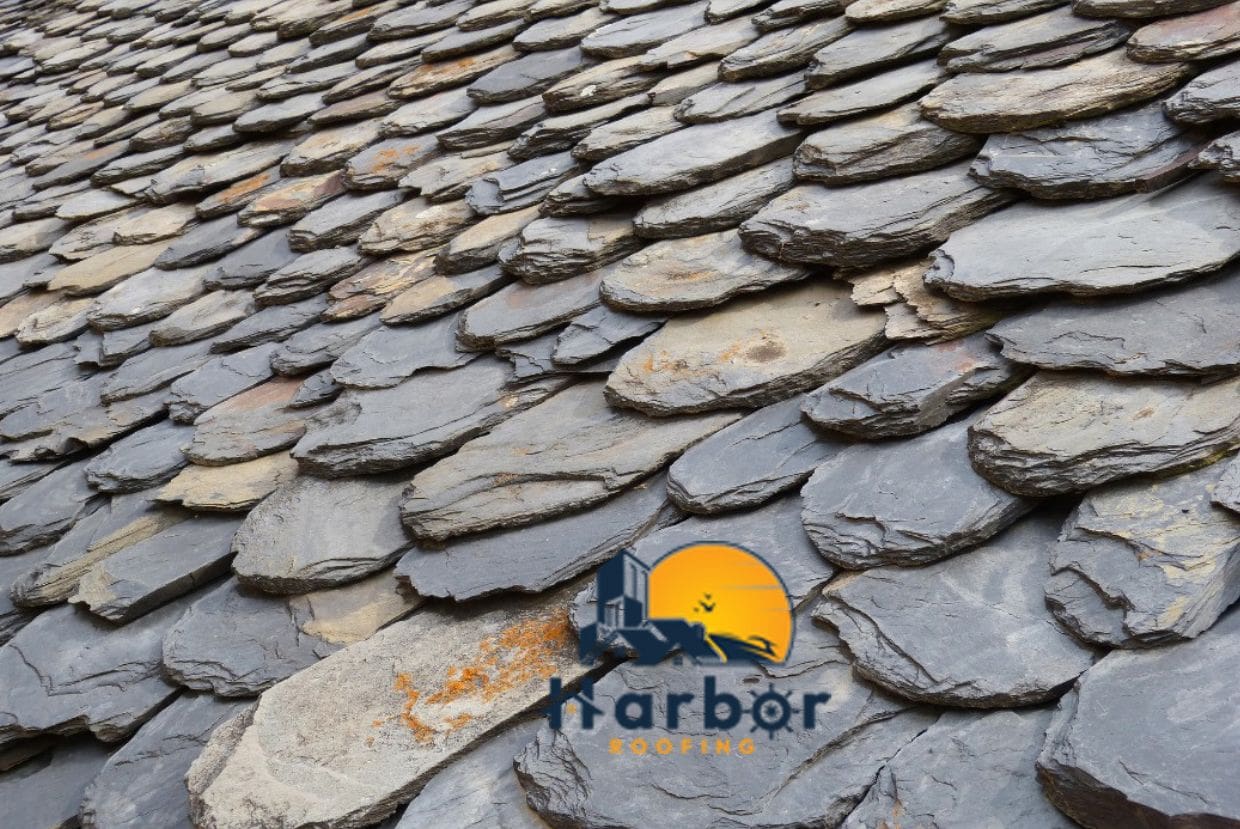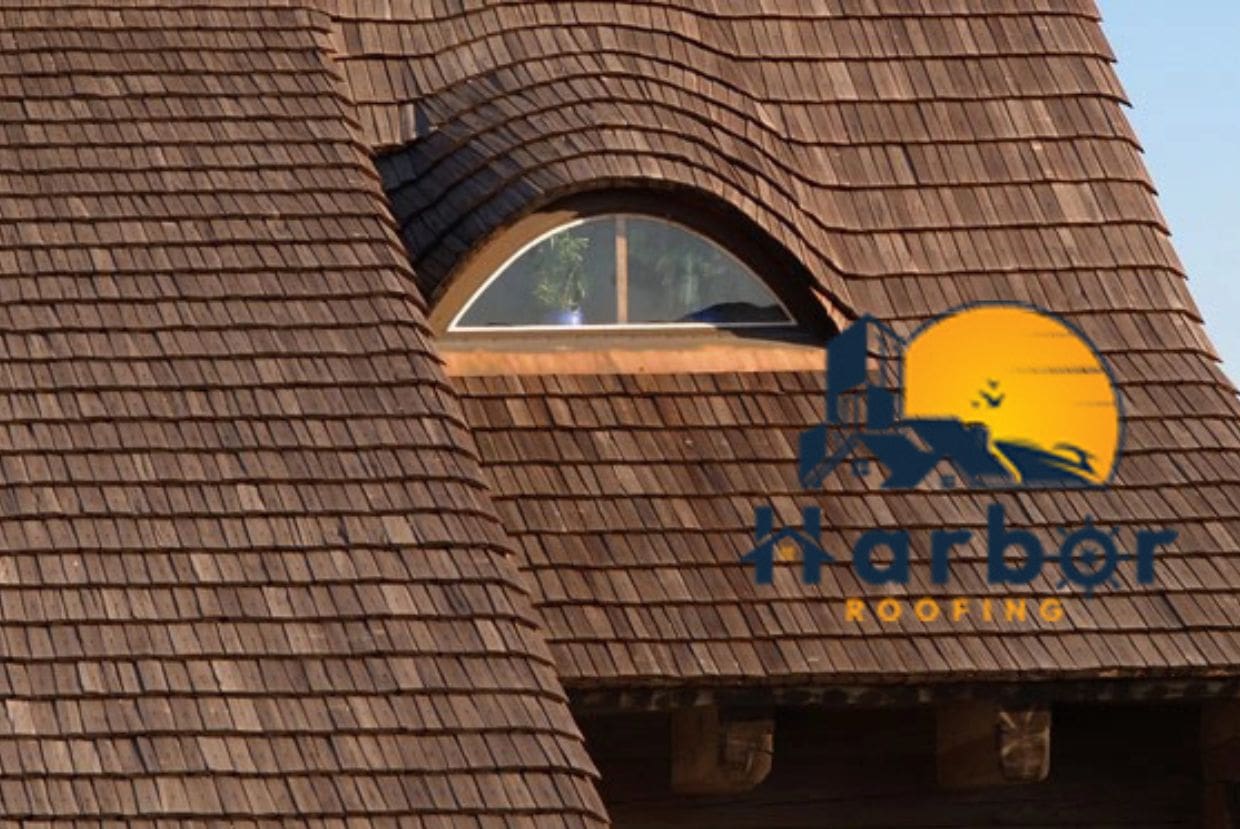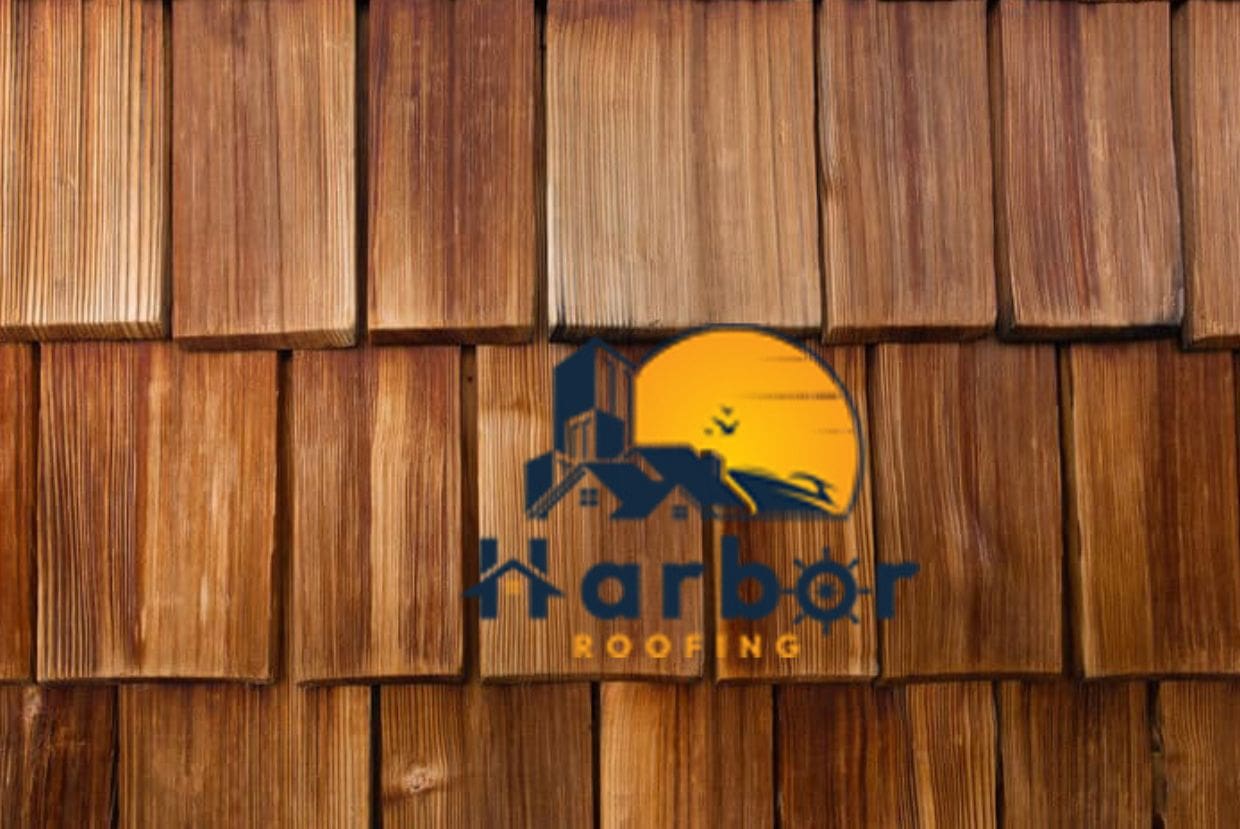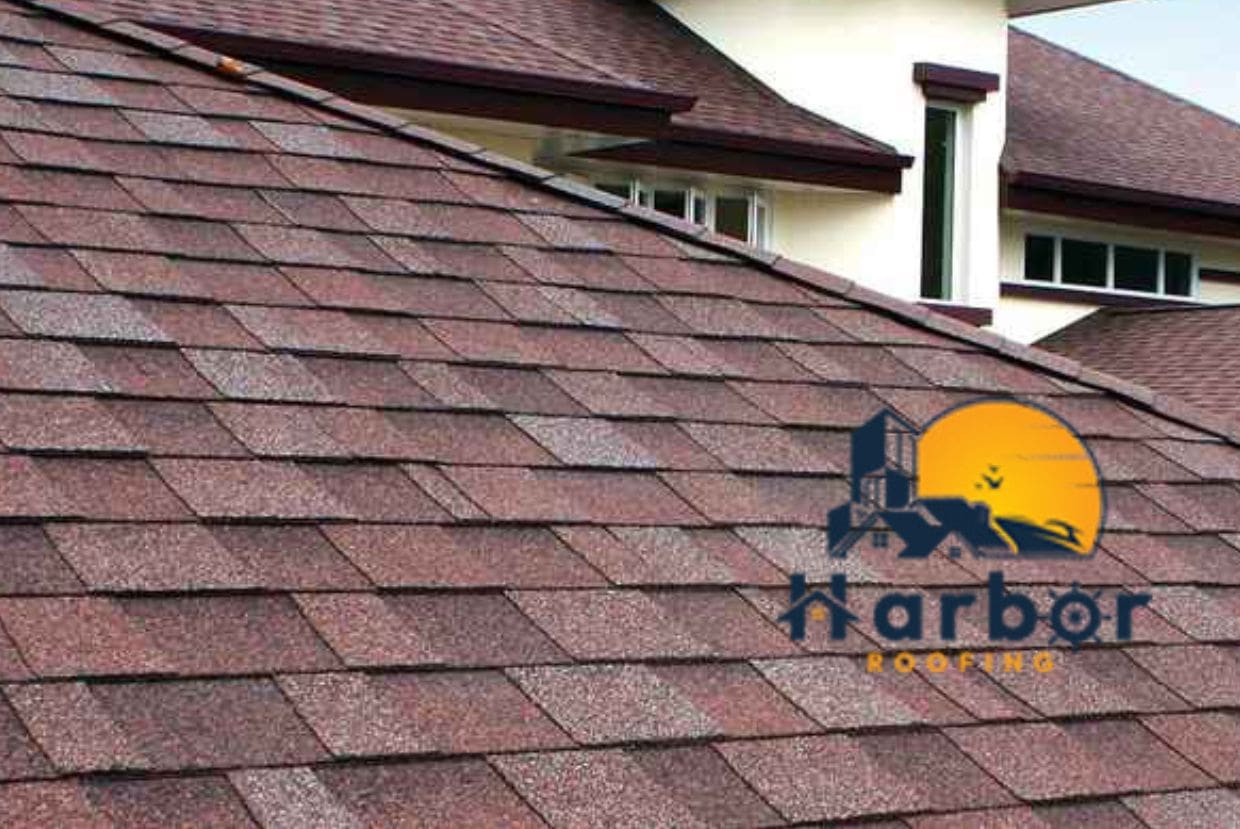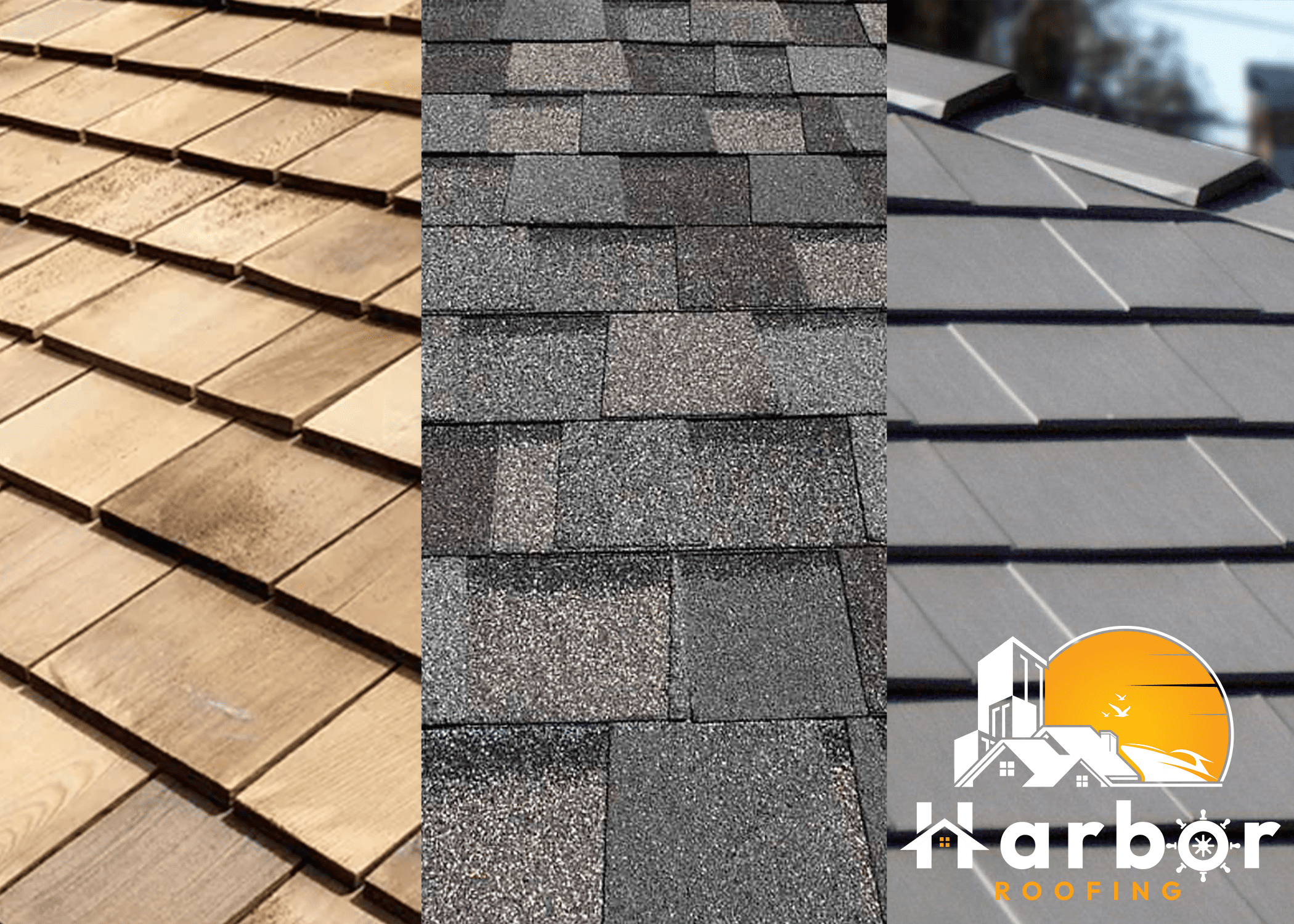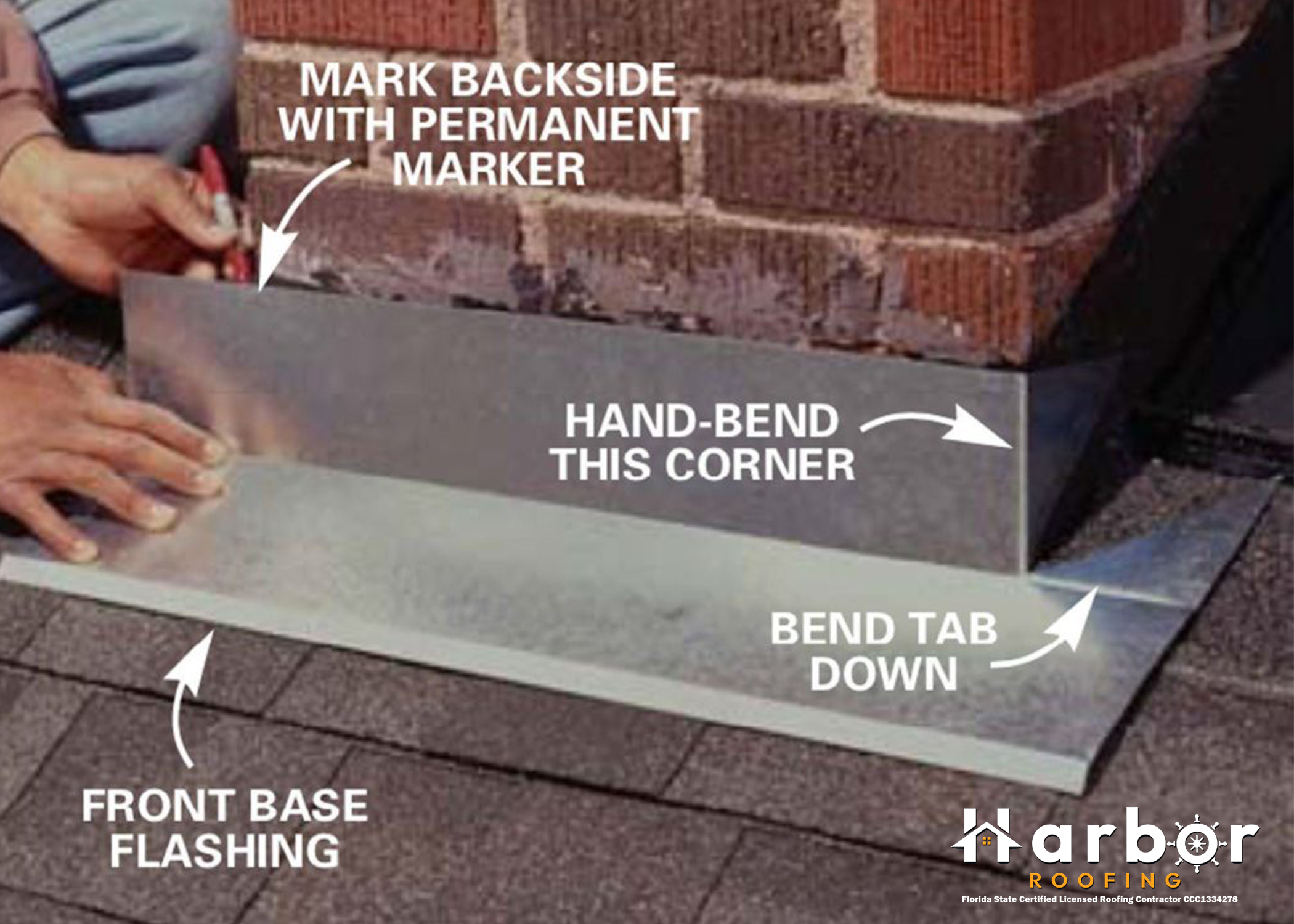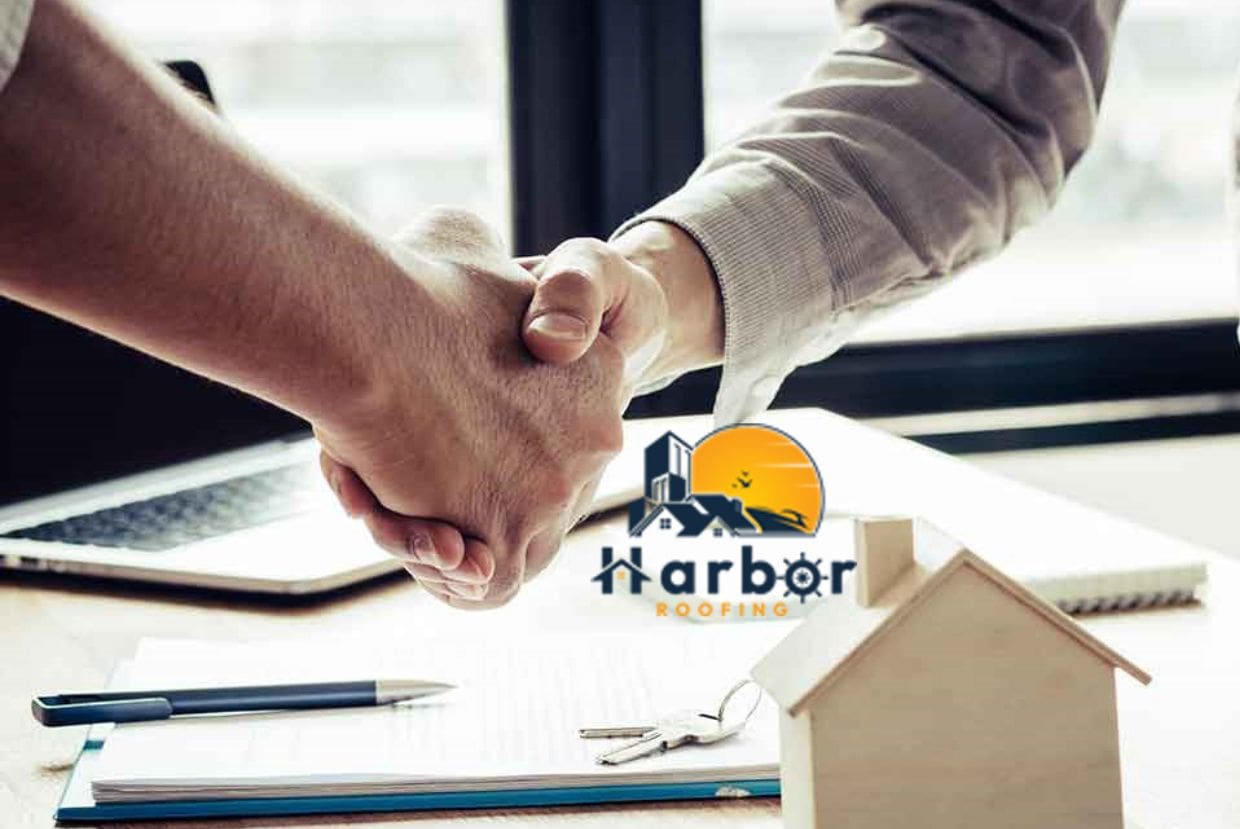Your roof’s ability to withstand severe weather declines as it ages. Aging is inevitable and out of your control, but you know what you can control? The rate at which your roof deteriorates. Regular maintenance will save you from dealing with some common commercial roof issues and extend the lifespan of your roof.
In this article, we will talk about some common issues with commercial roofs and what you can do to avoid them. Stick with us as we share these hacks with you.
6 Common Commercial Roofing Issues to Avoid
Every commercial building will experience some issues peculiar to commercial roofing over time because such problems are inevitable. However, you can control how many problems you run into and their severity by practicing routine roof maintenance. Below are some common problems you can avoid.
1. Leaks
Leaks in your commercial roof are harmful to the whole property. It is, in fact, the beginning of destruction. When your roof experiences a leak, it becomes an avenue for moisture to get into the building. The presence of moisture creates a breeding ground for mildew and mold. It also leads to rotting and insulation damage, weakening your roof system and causing it to collapse. Storm damage, stagnant water, seasonal damage, and poor installation are the main causes of leaks.
2. Clogged Drains and Gutters
Drains and gutters exist for a reason, but when they are clogged, they defeat their purpose. They are vital in helping transport water away from the roof to prevent accumulation and damage from ponding water. When you don’t perform regular maintenance on your roof, sticks, dirt, leaves, and other materials could clog your drains and gutters and create a barrier that prevents water from moving. Preventing this issue from occurring is pretty easy: just clean your gutters and drains.
3. Stagnant Water
Standing water is water that has been stagnant where it is not desired for more than two days. Standing water on roofs is not desirable because it causes damage. Although many commercial buildings have flat roofs, they face the issue of water gathering in one spot to form a puddle due to poor installation. Stagnant water can make your roof depreciate, causing the roofing materials to swell and eventually leading to leaks and problems associated with leaks in a roof.
4. Seasonal Damage
Each season usually has its problems; summer comes with the summer storms, and winter comes with heavy snowfall. Although the summer storms tend to cause some damage to roofs, the winter storms cause more havoc for industrial roofs. When snow builds up on the roofs, it weighs them down and increases the chance of cave-ins and cracks in the roof.
Additionally, the continuous freezing and thawing of metal roofing materials causes them to shrink and expand, causing breakage of the seams and joints.
5. Cracks and Punctures
As we mentioned earlier, many commercial buildings have flat roofs. Flat roofs tend to crack frequently because they are highly susceptible to damage from snow, rain, ice, and the sun. It even gets worse with age. On the other hand, punctures occur frequently in single-ply roofs, primarily due to deterioration from standing water or harsh weather. Punctures tend to happen when there’s heavy foot traffic.
6. Poor Roof Installation
Poor installation is a primary culprit of commercial roofing issues, including leaks, shrinkage, and punctures, which shorten the roof’s lifespan. Commercial roofing services aren’t the same as residential roofing services. Hence, it is vital that you employ the services of a skilled roofing contractor experienced in commercial roof installation. If you have to fix the problem of poor installation, employ an expert roofing contractor for inspection and repairs.
Preventive Maintenance to Avoid Common Commercial Roofing Issues
A preventive maintenance routine on your commercial roof helps you spot potential problems before they get worse. It’s like that stitch in time that saves you from nine more stitches.
To perform preventive maintenance, we advise that you work with a maintenance plan to guide you on what to look out for and when to run to a professional for help. The checklist for commercial roof maintenance below will help keep you on your toes with regard to the state of your roof;
- Cleaning your roof regularly: You cannot avoid debris on your roof, but you can prevent a buildup. So, as dirt and debris gather on your roof, ensure that you remove them to avoid accumulation. Also, get rid of any sticks, leaves, or dirt that may be stuck in the gutters and drains to prevent clogging, which will eventually lead to water ponding. Keep your skylights or vent surroundings clean if your roof has any.
- Inspect your roof after intense weather: When you experience a hailstorm, heavy rainfall, or any storm, there is a high chance that your roof will be exposed to damage or get damaged. So whenever you experience intense weather, don’t be slow to inspect your roof for damages or potential damages. Additionally, look out for tree branches and leaves that may have gathered on your roof, as well as for overhanging branches that may puncture or scratch your roof.
- Plan routine checks: Inspecting your roof is good, no doubt, but getting a professional to do it is better. We recommend that you schedule a professional inspection at least twice yearly. A professional will inspect the gutters for blockage and the roof in general for damage. They will be able to detect potential damage before it escalates and gets out of hand.
- Keep updated records: Maintain current, well-organized records for your roof maintenance. Take note of who gained access to your roof and the time they did. You should also document your repair invoices, warranties, and inspection reports. For the sake of general documentation purposes and eligibility for warranty-covered repairs and commercial roof maintenance programs, information on access and maintenance of your roof is crucial.
Conclusion
Determining the common commercial roofing issues early can save you money and energy. Having knowledge of the potential problems your commercial roof could face and how to avoid or fix them will help you extend your roof’s lifespan. To save your roof from problems like leaks, punctures, and poor installation, it is important that you get an expert to install your roof and help you carry out some routine checks.
Routine maintenance will eliminate severe damage to your roof and provide safety and security to your property and its occupants. In addition, it will save you the cost of a roof replacement. We hope these tips we’ve shared will come in handy for you and help you extend your roof’s lifespan.
Frequently Asked Questions
What makes a commercial roof last longer?
Regular roof maintenance makes your roof last longer. Carrying out maintenance at least twice a year will prolong your roof’s lifespan. These checks help you detect and identify potential damages in time. When you are able to spot these possible damages or problems earlier, you can quickly resolve them before they get worse and become more complex and expensive to fix.
How many times should a commercial roof get maintenance in a year?
Generally, experts recommend having your commercial roof maintained two times a year, at least. Depending on certain factors, including your roof type, locality, climate, and the state of your roof, how frequently you perform maintenance on your commercial roof varies. There are occasions where your roof might require more frequent maintenance, especially if your building is located in an area that is constantly exposed to severe weather. Ideally, these maintenance checks should take place in the spring to fix problems that may have arisen from the winter’s severe weather.
What is the most common type of commercial roof?
Metal roofs are one of the most common types of commercial roofs. They are a very popular choice because they have high ratings for fire resistance and are more durable and sustainable than other options. They are environmentally friendly, energy-efficient, and have a lifespan of 40-60 years. Additionally, they are relatively cheap to maintain.
What is the most important maintenance effort for a flat roof?
Getting rid of debris and keeping a clean roof is essential to prevent water from pooling on your flat roof as a result of clogged drains. Remove dirt, tree branches, leaves, and other unwanted materials from your flat roof’s surface regularly. These actions will prevent common commercial roof issues from happening.
